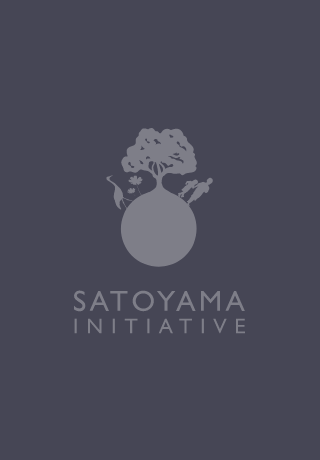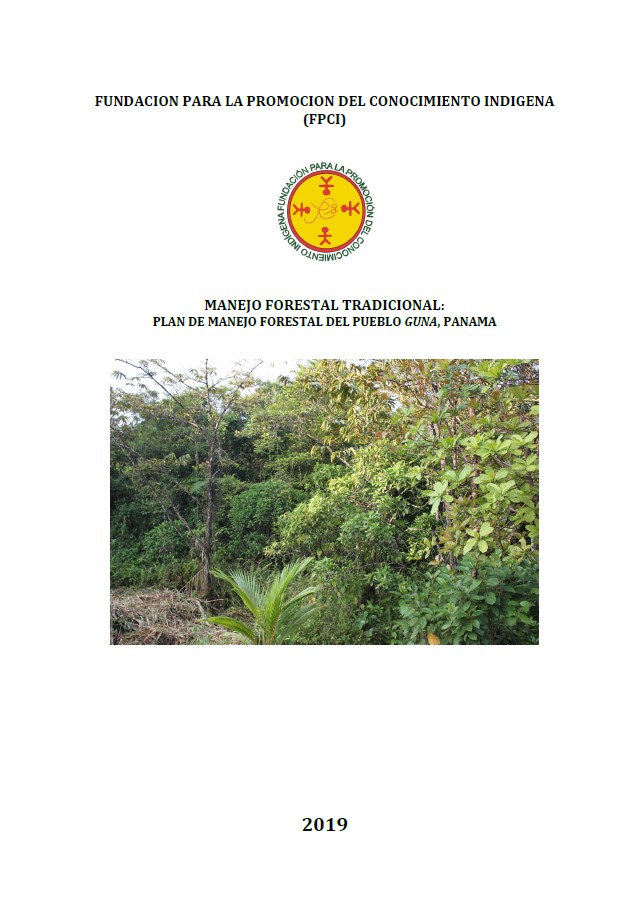2018 PANAMA
Conservation and management of biodiversity of cultural, spiritual and food sovereignty importance, and recovery of indigenous knowledge in the management of their territory
Foundation for the Promotion the Indigenous Knowledge (FPCI)
Community / field-based implementation
Landscape, Seascape
Overview
The community of Usdub in the Comarca of Gunayala, is a Guna indigenous community with a population of approximately 2,500 people. Their livelihoods consist of fishing and subsistence agriculture. They have a very low monthly income of approximately USD85.
The local administration is under traditional authority that manages community resources with support from other local institutions, including women and youth groups.
The environmental situation in the area is facing dangers such as loss of agricultural biodiversity and degradation of ecosystems. There is a total lack of state support and investment for environmental matters.
Therefore, this project aimed to provide assistance for the following challenges:
1. Extinction of traditional knowledge related to agricultural biodiversity.
2. Loss of native seeds, endangering food security.
3. Degradation of ecosystems and biodiversity of cultural, spiritual and food sovereignty importance.
To achieve these objectives, we conducted the following activities:
- Produced an inventory of the seeds that are in danger of extinction in the community.
- Formed a group of indigenous experts on agricultural biodiversity.
- Carried out field work to cultivate land in the selected area and to produce native crops.
- Conducted workshops on the themes of biodiversity and indigenous knowledge.
- Visited and monitored important ecosystems.
- Produced a management and conservation plan for agricultural biodiversity and its ecosystems.
Key achievements
- In preparing the inventory, the main native seeds that are endangered were identified. Also the types of food and knowledge that are at risk of being lost were identified.
- A group of experts on agricultural biodiversity was established
- Systematized documentation of indigenous knowledge related to biodiversity was produced.
- Cultivation land was selected, native seeds were sowed and the products were harvested
- Three workshops on the importance of biodiversity and indigenous knowledge were held with participants including women, men and young people
- Farmland, mangrove, forest, freshwater and marine ecosystems on which the Guna people depend, were visited and monitored, and existing challenges were identified.
- A strategy and 10-year action plan for the conservation and management of agricultural biodiversity and its ecosystems was produced.
Lessons
- It is important to involve local authorities, women and young people in the design of the project. It is also vital to strengthen recovery and conservation of indigenous knowledge as well as identify native seeds so that biodiversity and ecosystems can be conserved.
- Active participation in the development and implementation of stakeholder projects (community authorities, men, women and young people, as well as government institutions) is crucial to achieving project results and objectives.
- Coordination with decision-makers (community authorities and institutions and governmental institutions) is particularly important to achieve the expected results.
Project location
Organisation

Foundation for the Promotion the Indigenous Knowledge (FPCI)
- Sector
- Non-governmental organisation
- Country
- Panama
- Website/SNS
- https://www.fpcipanama.org/
Related products
MANEJO FORESTAL TRADICIONAL: PLAN DE MANEJO FORESTAL DEL PUEBLO GUNA, PANAMA
- Publisher
- Foundation for the Promotion the Indigenous Knowledge (FPCI)
Forest Management Plan of the Guna People, Panama. This paper provides information in Spanish.
Relevant projects
Projects of the same year
Aichi Biodiversity Targets
Aichi Biodiversity Targets
-
Awareness increased
-
Habitat loss halved or reduced
-
Sustainable agriculture, aquaculture and forestry
-
Protected areas increased and improved
-
Genetic diversity maintained
-
Traditional knowledge respected and integrated
Sustainable Development Goals
Sustainable Development Goals
-
Zero hunger
-
Clean water and sanitation
-
Responsible consumption, production
-
Climate action
-
Life below water
-
Life on land
-
Partnerships for the goals





